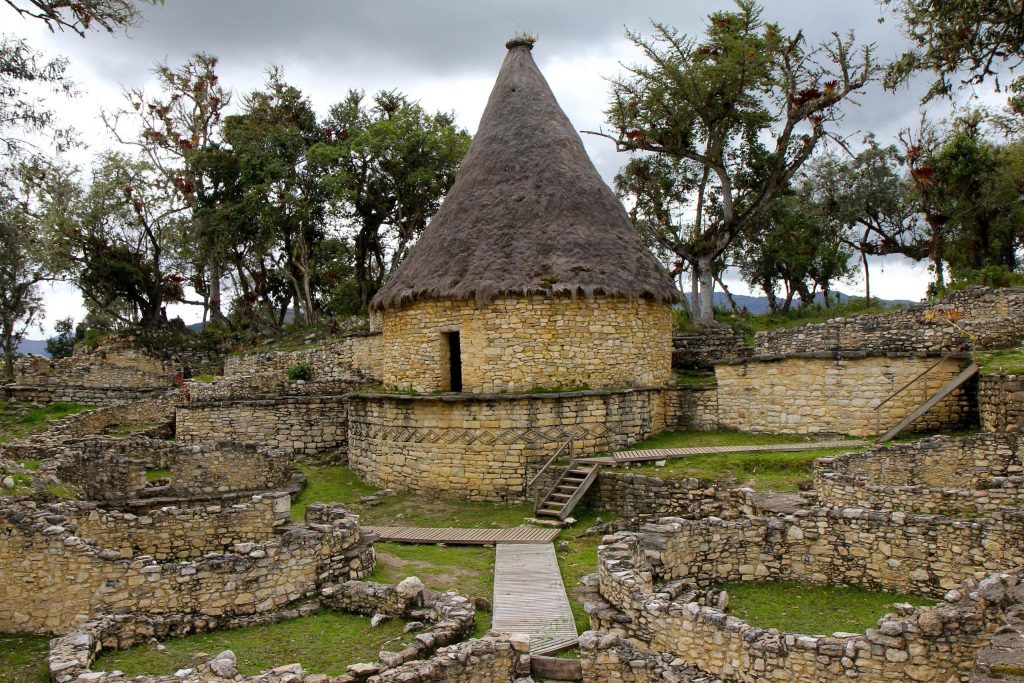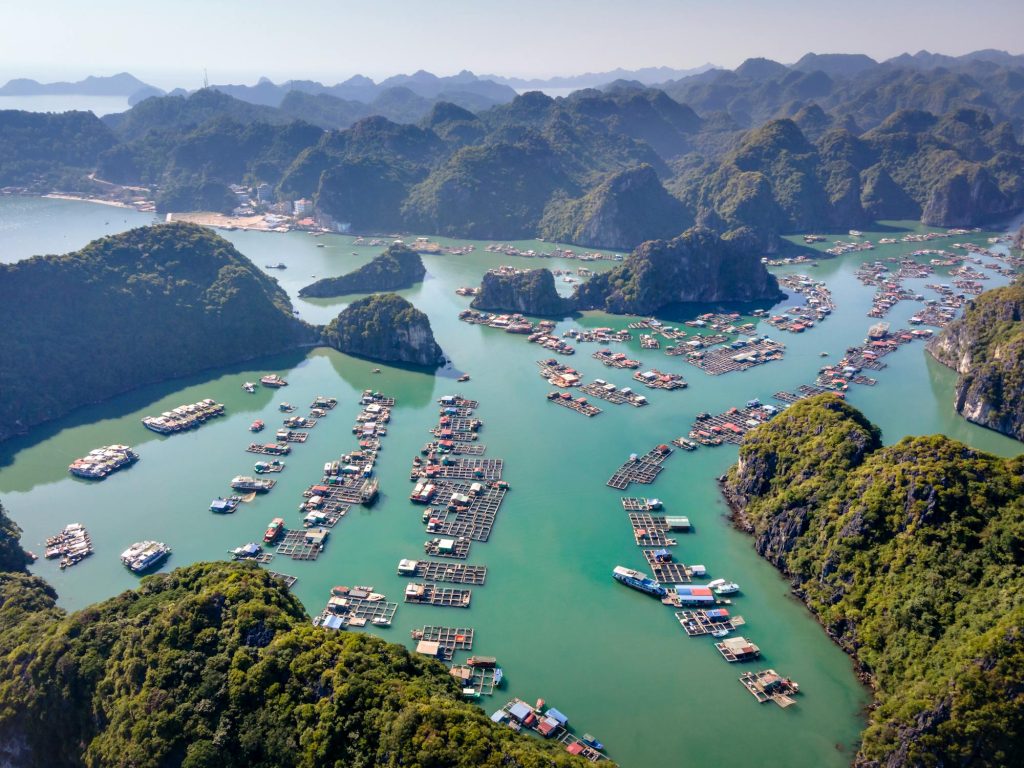The age of crowded tourism demands a shift in focus. While sites like the Colosseum and the Taj Mahal are historical marvels, the throngs of visitors often dull the profound historical experience. This article is a call to the intellectual explorer, the traveler who seeks out the raw, untainted narratives of human civilization. Forget the queues—these eight destinations aren’t merely obscure spots; they are critical, overlooked chapters of our global heritage, offering a deeper, solitary connection to the past.
Asia’s Ancient Veils: Kingdoms Shrouded in Mist and Stone
Asia’s vastness means entire, sophisticated civilizations remain peripheral to mainstream historical texts. These sites flourished at the crossroads of global trade and innovation.
1. Mrauk U: The Capital of the Forgotten Arakan Kingdom (Myanmar)
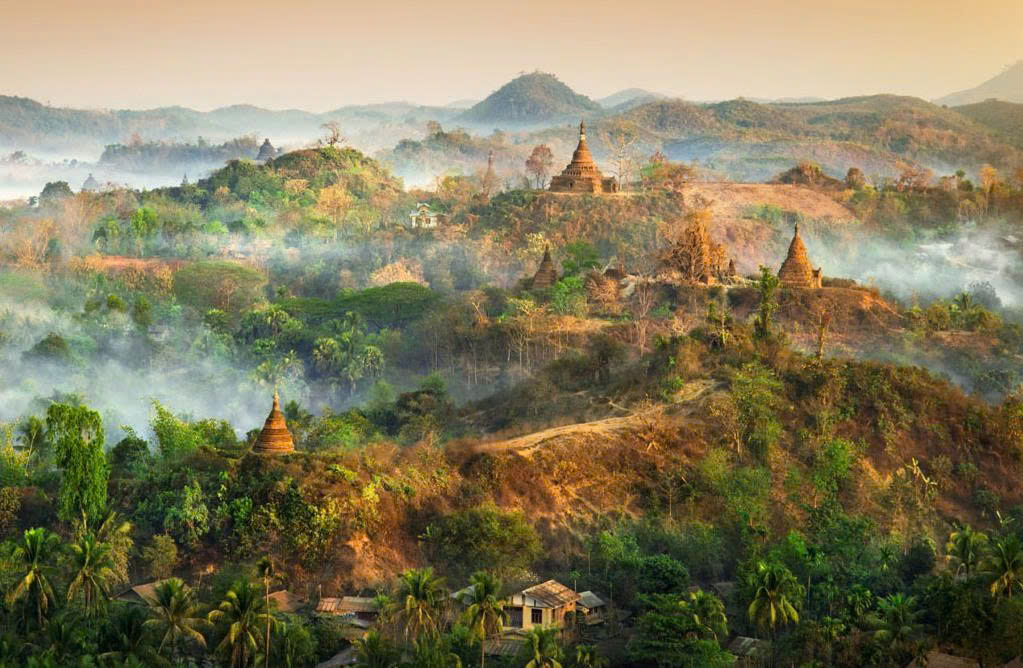
The former capital of the powerful Arakan Kingdom (1430–1785), Mrauk U was a critical hub for maritime trade across the Bay of Bengal, interacting with the Mughal Empire, the Dutch, and the Portuguese. This cosmopolitan wealth fueled the construction of vast temple complexes.
- Archaeological Significance: Unlike the mud-brick temples of Bagan, Mrauk U’s structures—such as the Shite-thaung Temple (Temple of 80,000 Images)—were constructed from massive hewn stone blocks. This distinct architecture reflects influence from the Indian subcontinent. Crucially, the temples were strategically designed to function as defensive fortifications and bunkers, demonstrating advanced strategic Rakhine culture and military architecture. The complex network of moats and canals further cements its status as an Asian hydraulic civilization.
- Getting There: Due to its remote location in Rakhine State, accessing Mrauk U typically involves complex travel via Sittwe and a boat journey up the Kaladan River. This logistical challenge is precisely what maintains its “hidden” status, guaranteeing an unparalleled solitude for those who make the journey.
- Critical Safety Warning: Due to ongoing, active armed conflict between the Myanmar military and the Arakan Army (AA) in Rakhine State, travel to Mrauk U is highly discouraged and extremely restricted. The region is highly volatile, with frequent reports of shelling and fighting near civilian and historical areas. Most international governments advise against all non-essential travel. Visitors must recognize that the extreme risk to personal safety currently overrides the opportunity for historical exploration. Always prioritize security and monitor official global advisories.
2. The Megalithic Sites of Bada Valley (Sulawesi, Indonesia)
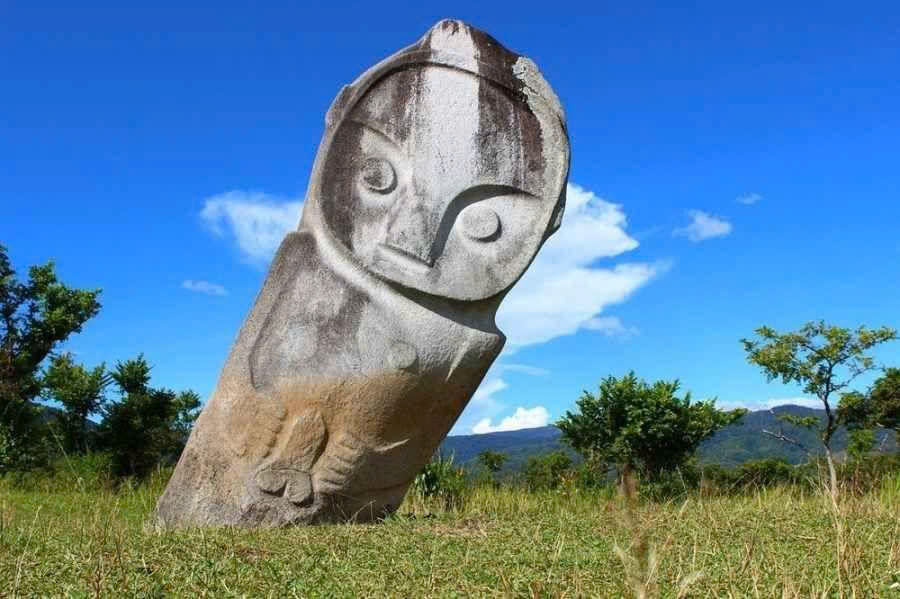
Deep within the Lore Lindu National Park, the Bada Valley is home to hundreds of mysterious megaliths (stone monuments). These granite statues, some over four meters tall, are known locally as arca and date back over 1,000 years. They are unique anthropomorphic icons, whose purpose—whether ancestral figures, sacrificial altars, or astronomical markers—remains largely speculative, connecting deep prehistory with local legends like “Palindo” (The Entertainer).
- Archaeological Significance: The area is a vital entity for Austronesian prehistory and rainforest conservation. The environmental setting is challenging, requiring travelers to employ exceptional sustainable tourism practices.
The Americas: Pre-Inca Titans and Lost Kingdoms
Beyond the well-known civilizations, the Americas hold evidence of sophisticated cultures that thrived and vanished long before the rise of major empires.
3. Kuélap: The Citadel of the Cloud Warriors (Peru)
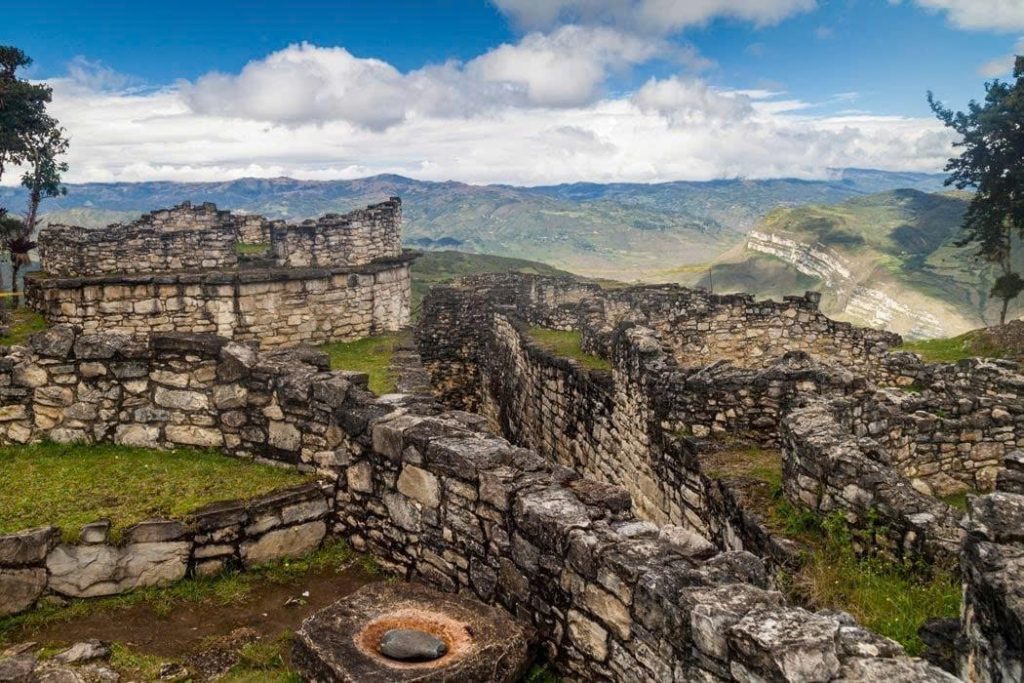
Located high in the Amazonas region, Kuélap was the fortified capital of the Chachapoyas culture (the “Cloud Warriors”), which flourished before being conquered by the Inca. It is often cited as the largest ancient stone structure in the Americas.
- Archaeological Significance: The fortress is distinguished by its colossal defensive walls, reaching up to 20 meters high, built from over 100,000 tons of carved limestone blocks. The most secure entrances are narrow, tapering passageways designed to funnel invaders—a testament to advanced Andean military architecture. The recent installation of a cable car (telecabina) has improved accessibility, making it a sustainable alternative to the crowded Inca Trail. Kuélap is a critical entity for understanding Pre-Inca societies and the unique environmental adaptations of the high-altitude Andean forest ecosystem.
4. Chan Chan: The Adobe Megacity (Peru)
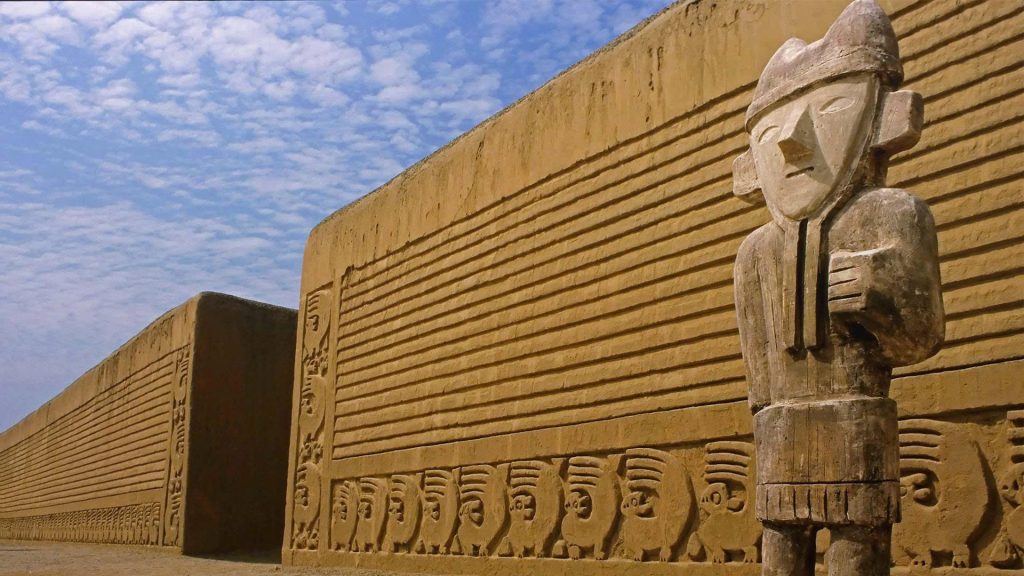
Chan Chan, located on the northern coast of Peru, was the capital of the Chimú Kingdom (circa 900–1470 AD) and is the largest adobe city in the world. It was a highly stratified, complex urban center before its conquest by the Inca.
- Archaeological Significance: The city is composed of ten walled “ciudadelas” (citadels), each believed to be a palace complex. The intricate relief carvings (frisos) on the adobe walls depict themes of maritime life, fishing, and geometric patterns, reflecting the Chimú’s dependence on the ocean. Though a UNESCO site, its status remains fragile due to the El Niño weather phenomenon, making it a priority for conservation experts.
Europe’s Architectural Ghosts: From Communism to the Cradle of Civilization
Europe’s hidden narrative encompasses powerful recent history and profound ancient foundations that pre-date classical antiquity.
5. The Buzludzha Monument (Bulgaria)
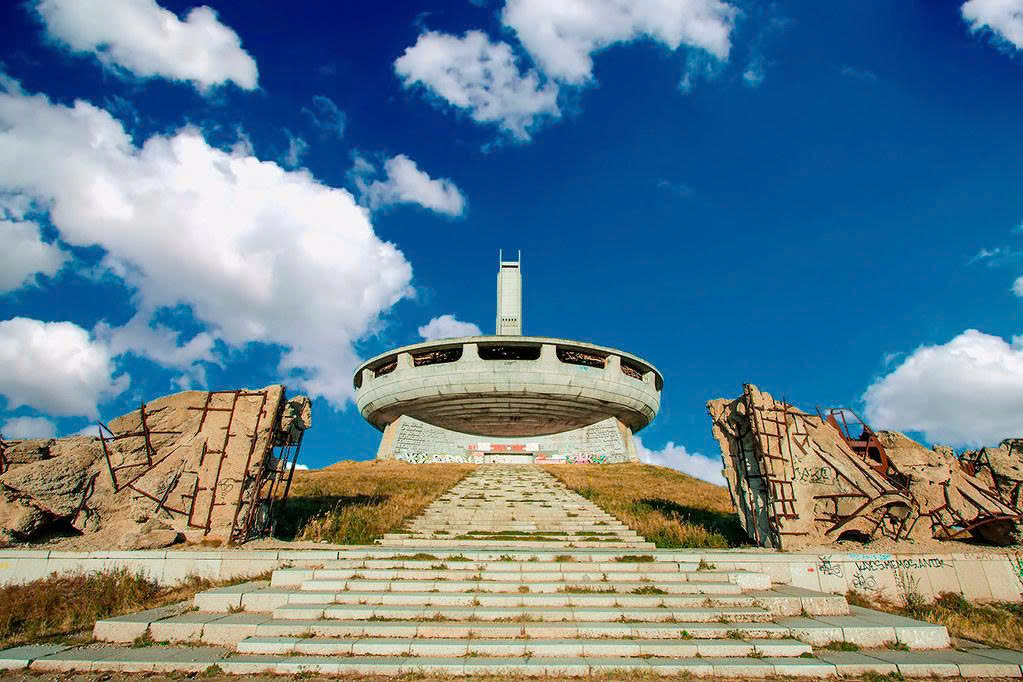
The Buzludzha Memorial House is an immense, futuristic, saucer-shaped building atop the Balkan Mountains. Opened in 1981, it commemorated the founding of the Bulgarian Communist Party and is arguably the most striking entity of post-Soviet brutalist architecture in Europe.
- Preservation and Significance: Abandoned after the fall of communism in 1989, the monument has decayed into a state of dramatic ruin. It serves as a potent, contested symbol of a forgotten political regime and is a primary entity in the study of Dark Tourism. The decaying mosaics and massive structure offer a powerful experience of historical reflection on the Cold War era.
6. The Megalithic Temples of Malta (Malta)
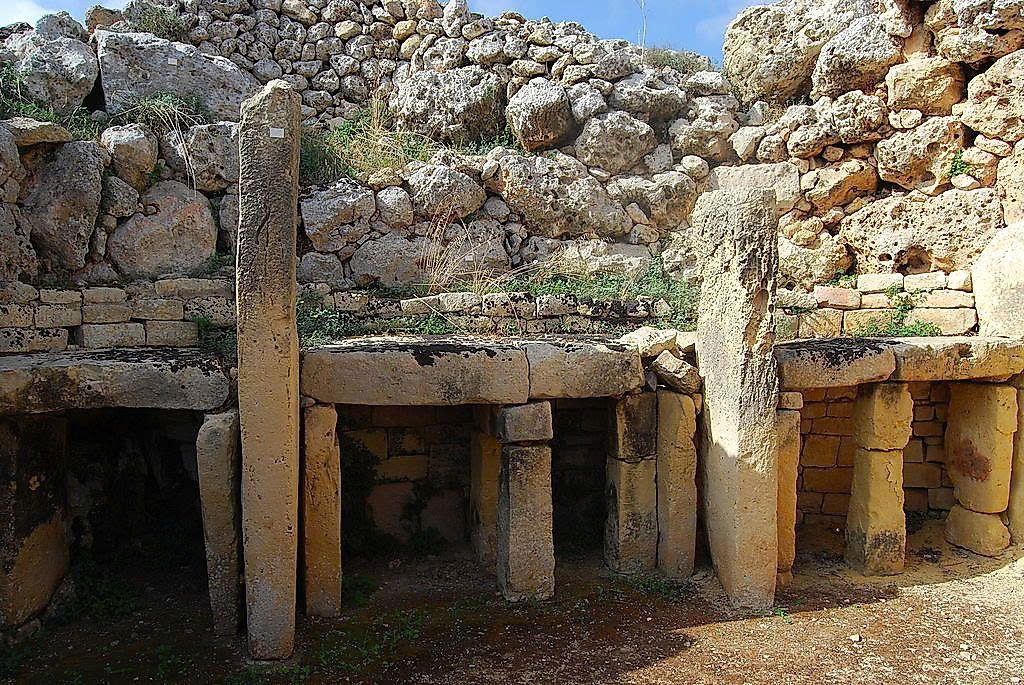
The seven Megalithic Temples of Malta, including the Ġgantija Temple Complex on Gozo, are among the oldest free-standing stone structures in the world, predating the Pyramids of Giza and Stonehenge.
- Archaeological Significance: These temples offer crucial evidence of the advanced religious and social complexity of the Maltese Neolithic culture. Their sophisticated construction—including internal trilithon structures and complex apsidal arrangements—attests to a level of engineering expertise far beyond what was previously ascribed to the era. They are key entities in the study of pre-Classical Mediterranean civilization.
Africa & The Middle East: Greatness Forged by Trade
These regions host vast ruins whose historical importance, often related to global trade and cross-cultural synthesis, is critically underrepresented.
7. Ruins of Kilwa Kisiwani (Tanzania)
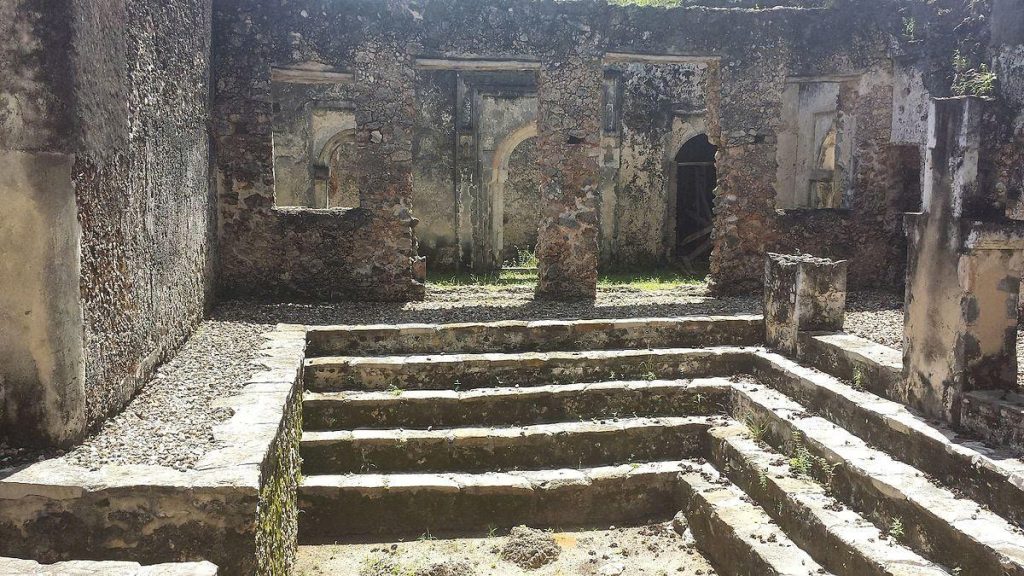
Kilwa Kisiwani, an island off the coast of Tanzania, was a major city-state and the epicenter of the Swahili Coast trade from the 13th to the 16th centuries, controlling the Gold Trade of the Indian Ocean.
- Archaeological Significance: The ruins are a spectacular demonstration of Swahili architecture, blending African building techniques with Arab influences. Key entities include the Great Mosque of Kilwa, one of the oldest in the region, and the Husuni Kubwa palace. The preservation challenges due to climate change make this a critical entity for coastal heritage conservation. Visitors rely heavily on local guides, underscoring the importance of supporting local expertise.
8. Baalbek: The Heliopolis of Jupiter (Lebanon)
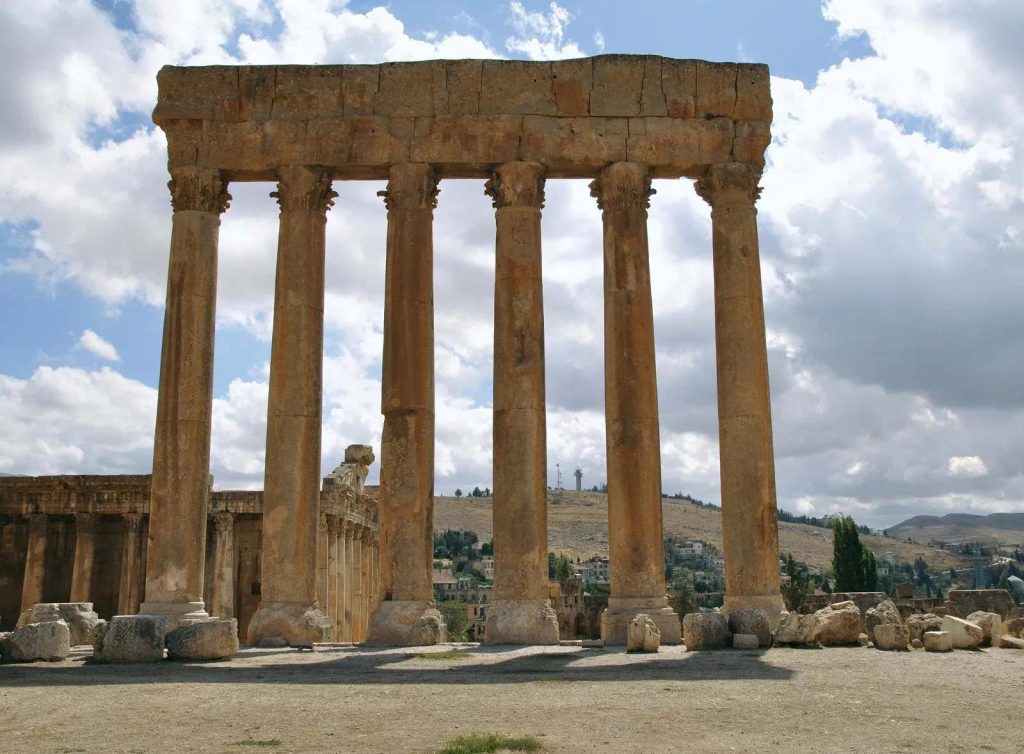
Though a UNESCO site, Baalbek’s true scale is often unknown. Originally a Phoenician settlement, it was colonized by the Romans and named Heliopolis (City of the Sun), becoming one of the greatest sanctuaries of the Roman Empire.
- Archaeological Significance: The site is home to the colossal ruins of the Temple of Jupiter and the well-preserved Temple of Bacchus. The Temple of Jupiter is famed for the Trilithon—three enormous foundation stones weighing an estimated 800 to 1000 tons each, representing a profound engineering mystery of the ancient world. The sheer size of the stones makes Baalbek an essential entity for discussions on Roman Imperial Architecture and ancient engineering feats.
The Mandate of Responsibility: Ethical Travel and Heritage Stewardship
Practicing ‘Slow Tourism’ to Preserve Fragile Entities
The best way to visit these locations is through slow tourism, which prioritizes immersion, community engagement, and minimizing environmental impact. Prioritize small, local enterprises for accommodation and guiding. By paying a fair price to local heritage producers and artisans, you directly support the community members who are the primary guardians of the site’s immediate environment. Always stay strictly on designated paths and uphold the principle of leaving no trace.
Critical Safety and Access Disclaimer
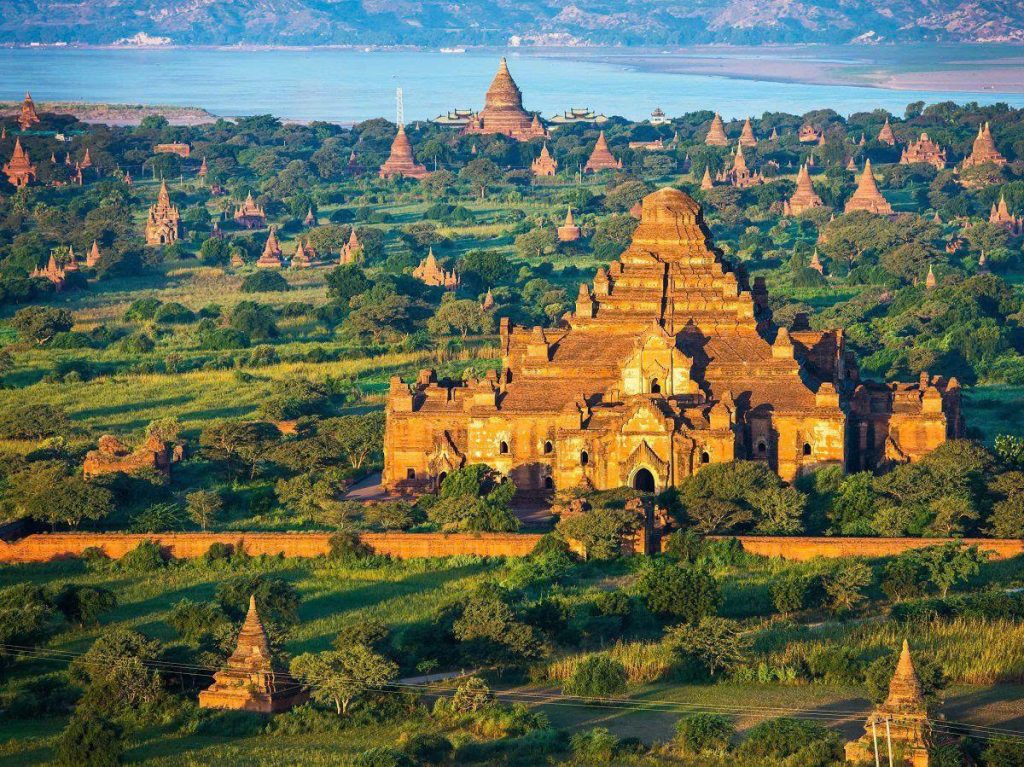
While the monuments listed below are critical parts of global heritage, their operating status and safety level can change instantly.
- Extreme Risk Zones (Mrauk U & Baalbek): Certain locations, notably those in Myanmar and parts of Lebanon (Baalbek), are currently subject to active armed conflict or severe geopolitical instability. Travel advisories issued by international governments often place these areas under a “Do Not Travel” warning. We strongly advise against any non-essential travel to these specific zones until official authorities confirm the cessation of hostilities and a stable security environment.
- Access Restrictions & Conservation (Kuélap & Buzludzha): Some sites, such as Peru’s Kuélap and Bulgaria’s Buzludzha, may be subject to sudden closures, limited visitor capacity, or restricted access (e.g., inner structures closed) due to ongoing conservation efforts and structural fragility.
- Ethical Consideration: True Authenticity means respecting local conditions. If your visit relies on diverting resources or risking the safety of local communities/guides, the journey is not ethical. Always check multiple, real-time security reports and consular warnings immediately before and during your travel.
These 8 locations represent the pinnacle of uncharted travel, rewarding the visitor with an unparalleled sense of discovery, profound historical insight, and the opportunity to become an active, ethical steward of global heritage. By choosing the path less traveled, you ensure that these vital chapters of civilization remain open for generations to come.

